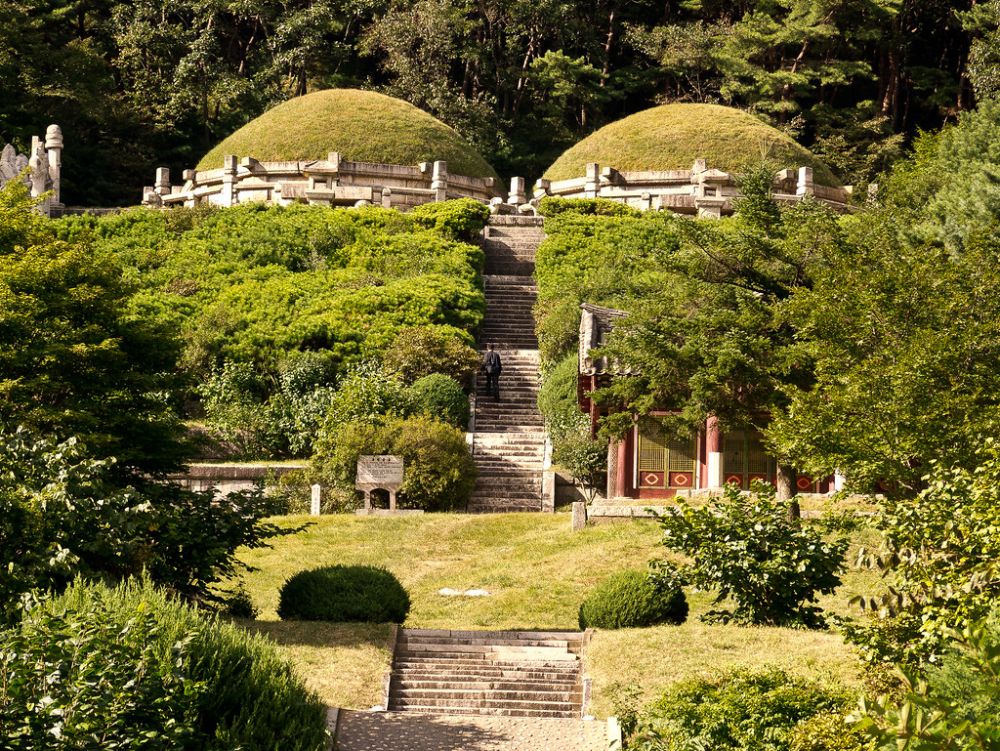

The Tomb of King Kongmin, also known as the Hyonjongrung Royal Tomb, is located in Kaesong, North Korea. This historical site serves as a significant cultural and historical monument, reflecting the rich dynastic history of the region. Dedicated to the 31st king of the Koryo Dynasty, King Kongmin, and his queen, it dates back to the 14th century and offers insights into the funerary architecture and art of that period.
Built over a period of seven years, the Tomb of King Kongmin was completed in 1372. King Kongmin himself had a significant impact on the Koryo Dynasty, and his tomb reflects his influence and affluence. The site is known for its twin burials and the statues of civil and military servants that stand as silent guardians to the king and queen's spirits.
North Korea has historically been isolated in terms of international tourism. However, in recent decades, the country has opened its doors to a limited number of tourists each year, showcasing select destinations and sites. The Tomb of King Kongmin is one of the sites that tourists are allowed to visit, offering a glimpse into the country's past. While tourism is strictly controlled by the government, the tomb remains a staple for history enthusiasts and those interested in the heritage of the Koryo Dynasty.
In recent years, the approach to tourism in North Korea has remained quite regimented, with visitors often required to be part of guided tours. Tourists are generally not allowed to explore areas on their own and must stick to predetermined schedules and itineraries.
Visitor Experience: Tourists visiting the Tomb of King Kongmin can expect a structured tour that offers information about the tomb's history, architecture, and cultural relevance. Despite restrictions, the tomb is an example of ancient Korean craftsmanship, with its granite portrayal of figures, including the king and queen's statues, stone lanterns, and the tombs themselves.
Access and Restrictions: The political climate can affect accessibility to sites like the Tomb of King Kongmin. Tourists are advised to monitor the situation and check with tour operators concerning travel to North Korea. Additionally, photography and interactions with locals may also be limited.
As geopolitical dynamics shift, there is potential for changes in tourism policies that could affect future access to historical sites like the Tomb of King Kongmin. The potential for increased openness and tourist freedom remains uncertain, with the current situation often subject to rapid change.
For those able to visit, the Tomb of King Kongmin not only offers a rare perspective on North Korean history but also provides a unique experience that stands apart from typical tourist destinations.